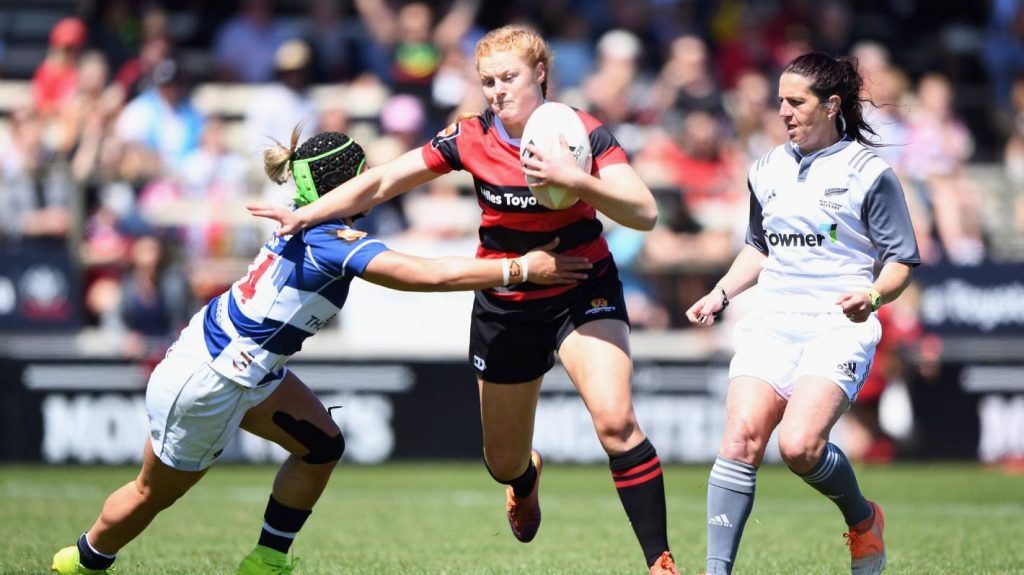Attack, when you have the ball and you want to score points
This section of the website is all about what you need to do with the rugby ball, when you have it, to score points.
What are the principles of attack in rugby union?
The principles we refer to below should be treated as a guideline a rugby team and its coach can use to base its play. They are a framework that provides structure and objectivity to what is quite a complex sport.
Rugby Attack Principles:
- gaining possession of the ball
- moving forward with the ball
- supporting the ball carrier
- maintaining continuity
- applying pressure to score points

Setting your rugby attack patterns of play
Most rugby attack guides assume you have the perfect skills and players (AKA ‘cattle’ in rugby circles) to execute your rugby attack strategy. A few things to note.
What is rugby attack?
Rugby attack is when your team has the ball, for example it has been regained during a turnover situation or has been awarded to you in the form of a set piece.
The distinguishing line between attack and defence becomes a bit blurry when your team, with possession, kicks the ball away. For the purposes of the concept of “attack”, if you kick the ball (away) then your team is in possession (on attack) until the defending team regains the ball, from which point you will be on defence.
Tips to plan your attack
Firstly, play to your strengths
Assess the strengths and weaknesses of your team and its players. Focus your energy into those moves that play to your players’ and the team’s strengths.
For example, if your team has size and power, but little pace, then you may find your attack centers on being more direct, retaining possession to ultimately create pressure, space and score points.
On the other hand, if your team is lighter, more skilled and has pace out wide, then you would want your attack, including your counter attack, to make the ball beat the player, go wide to get your quicker runners into space.
Secondly, practice attack as a team
Seldom, especially against the stronger teams, do you score from a set move.
Most points that you will score come from building continuity, moving forward with support to pressure the defence into making lapses that create space or mismatches for your attack to capitalize on.
As such, it’s important for your team to learn how to attack patiently, with the ball, as a team.
For example, for the winger to score, your team may need to create fast ball for your backline from a lineout using one or two POD attacks. Sometimes the ball moves through +10 phases before you score points.
Thirdly, practice set attack moves as a unit
This may contradict point 2 above. However, there are times when you can use a set play to score points (e.g. an 8-9-11 play off a scrum when you have the proper field position). Set moves tend to work when you have good field position (e.g. in your opponents 22) or know how to exploit your opponents weaknesses (e.g. you have a quick winger and their outside backs are slow).
That said, even a set move from say a scrum inside your opponents 22 requires decent telepathy between your forwards and your backline.
In general, we’ve noticed scoring from first phase or two phased ball tends to be more common with sevens rugby than with fifteens, especially as the defensive systems in the 15 aside game become more impregnable.
Fourthly, practice the grey
As coaches, we tend to practice set attack plays, with little opposition, in perfect conditions. And the plays work brilliantly until we play against real opposition in a match!
Attack patterns are not black and white, there is a lot of grey and finessing involved to get them right.
Once you’ve set your core attack plays, create scenarios that force your team to adapt and figure out which plays to make based on the picture of the defence they are presented with.
Practice your attack under these scenarios:
- different conditions (e.g. wet and windy Vs dry)
- different parts of the field e.g. in our half versus theirs
- under pressure, against different types of defensive patterns
- practice going from attack into defence (see point below)
And don’t let your players stop when an attacking pattern goes wrong. Ensure they keep playing, reset to then consider a follow on attack pattern or get set on defence.
Finally, evolve your attack
So you’ve trained your attack / ball in hand patterns of play then you notice it does not all go to plan during the game. What now?
We recommend evolving your attack as follows:
- break your attack into critical coaching points that you can assess during a match (see below)
- don’t react, be proactive – you may have just played the top defensive team in the competition – focus on progress against your critical attack coaching points
- fine tune what is working and what is not working – something small (e.g. carrying the ball properly into contact) may be the issue, not the actual play
- use video or photography to show your players what worked and what did not work
- get an experience coach to watch your team play then get constructive feedback from him
- re-assess and adjust though don’t throw it all out just because you did not score
Attack, key coaching checklist
Here are a few coaching points that may help you to objectively assess how to improve your ball in hand attack:
- how did we perform against the five principles of attack (see top of page)?
- Did we clearly communicate the move / play to all members of the team?
- Did we use the right attack patterns at the right time and place?
- Did we, as a team, execute the proper technical aspects of the attack pattern?
- Was their defence exceptionally strong or weak?
- How did we score points?
- Why did we not score points?
